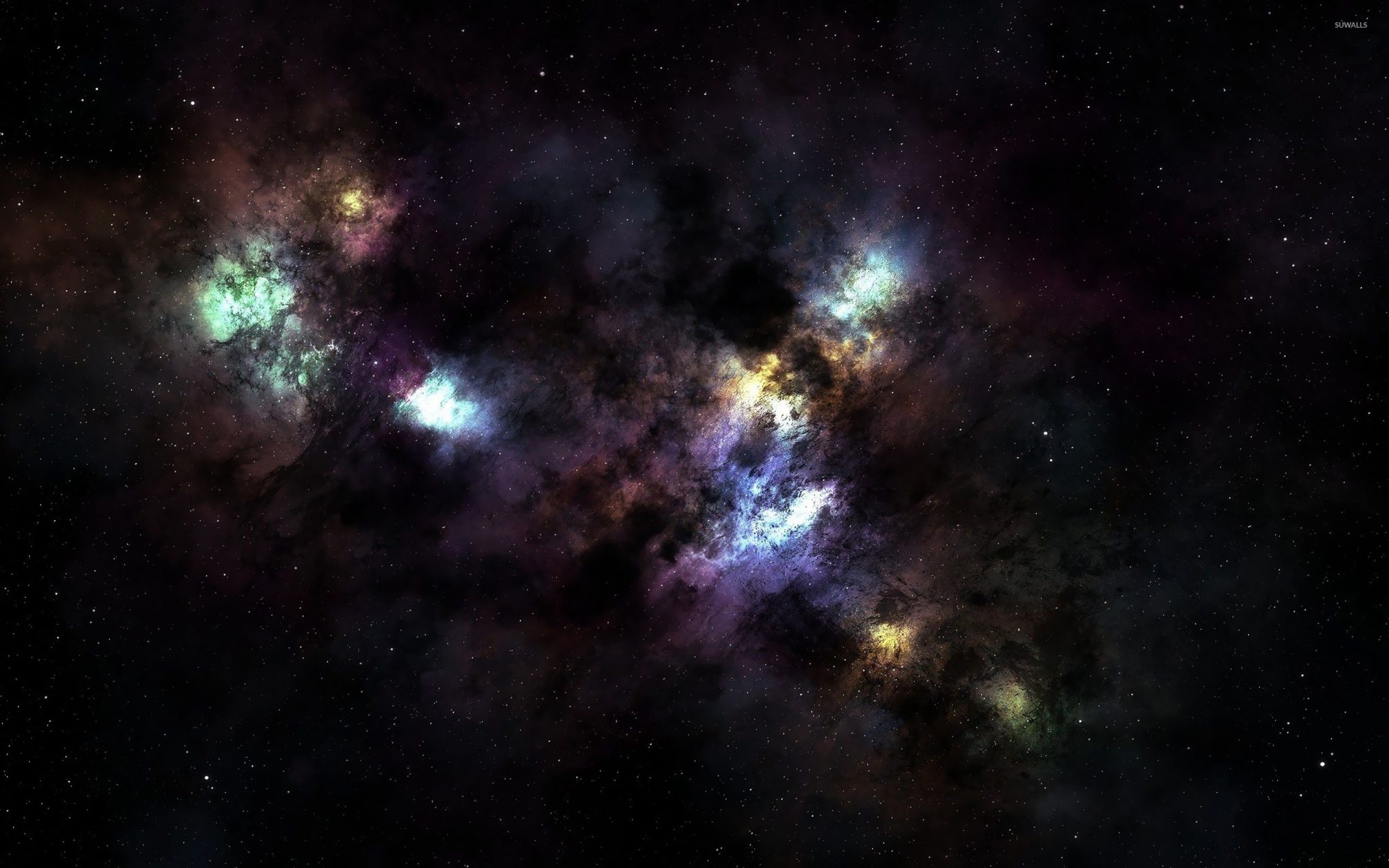
The whole notion that human beings are made up of molecules and atoms is a very fascinating idea. Every one of us. This applies to all creatures though – birds, animals, insects. When we think about the universe, in general, we are simply particles that were once floating around somewhere in outer space. Over billions of years, that material was used to form stars, planets and even life itself. But not all of it went into forming things. In fact, an international team of researchers has just published a new study that shows that some of that stardust settled right here on Earth.
The work, which was conducted at the Lawrence Berkeley National Laboratory, used samples collected from the upper atmosphere fo Earth. In those samples, the researchers found dust particles that are so old they predate the formation of our Solar System itself. This particular material wasn’t always floating around the Earth, but instead, it was being transported to the Earth’s atmosphere by comets. Can you even imagine that? I mean, I watch a lot of science fiction movies, but this isn’t something that I can even fathom.

According to Jim Ciston of the Molecular Foundary, and the co-author of the study states:
“The presence of specific types of organic carbon in both the inner and outer regions of the particles suggests the formation process occurred entirely at low temperatures. Therefore, these interplanetary dust particles survived from the time before formation of the planetary bodies in the solar system, and provide insight into the chemistry of those ancient building blocks.”
These cosmic particles have lived through at least 4.6 billion years and have traveled across incredible distances. The research team is confident that we’re looking at the very basic materials that make up the planetary bodies currently whizzing around our Sun. For anyone who is studying the origins of the Universe, this is truly a fascinating thing. What does this mean, exactly? It’s a rare chance to study the material that formed our Solar System – in close proximity. Scientists think that it developed from a collapsed disk of gaseous clouds around the Sun, but in order for this to work, experts have to use computer simulations in order to work out this hypothesis.

These findings are going to give researchers the ability to understand what the Solar System was made of all those years ago. The amorphous silicate, carbon, and ice that was around all those years ago has been largely obliterated or reworked into the planets that exist today. The original form of these substances are mainly found in comets. Rather than catching a comet, the scientists have used samples collected by a NASA stratospheric aircraft. The results of their findings showed that these grains were originally fused together in an environment that was cold and rich with radiation.
What does this mean? The presence of specific types of organic carbon in both the inner and outer regions suggests the formation process occurred entirely at low temperatures. Therefore, this stardust actually survived from the time before the formation of the planetary bodies in the Solar System, and now provide insight into how the planets were formed. It’s certainly too early to draw any conclusions about what actually happened, this is a big breakthrough in the world of science.



